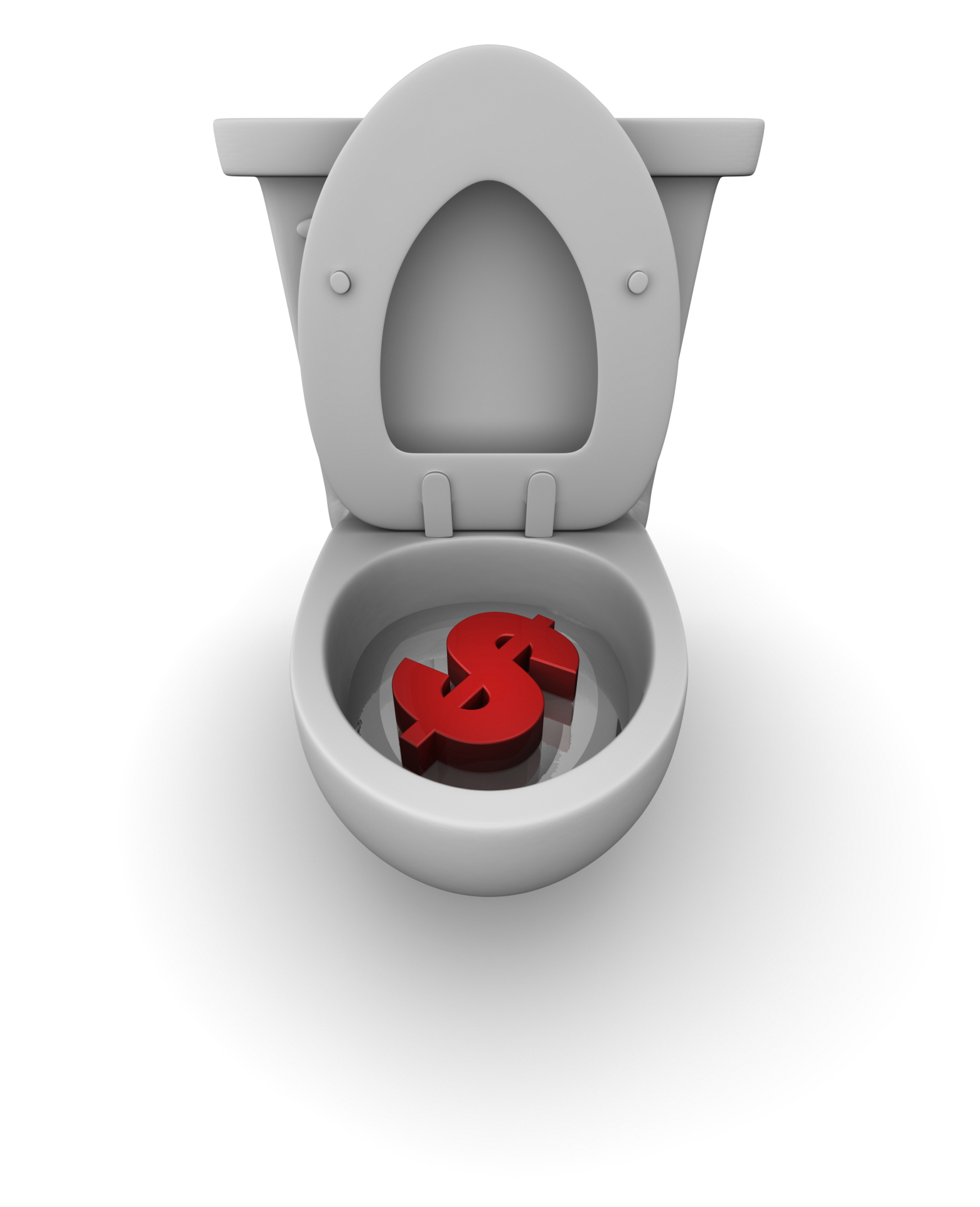New research from IDC Corp. offers reason for optimism around the outlook for global IT spending in the second half of 2014.
According to IDC’s recently released Worldwide Black Book, after recent volatility the market will stabilize in the second half of the year, with a significant PC refresh cycle driving mature markets, improving business confidence set to drive modest infrastructure upgrades, and continued investment in software and services.
It adds up to IDC forecasting a 4.5 per cent increase in worldwide IT spending in 2014. Much of that is being driven by smartphones, noted IDC, although exclude mobile phones and the spending increase is still forecast at 3.1 per cent. Other strong areas of growth will include analytics, data management, and collaborative applications including enterprise social networks, as well as big data, social, mobile and cloud computing.
IT market performance in the first quarter of 2014 was weaker than expected, according to IDC, due to a weather-related slowdown in U.S. output and unexpected global problems, such as the conflict in Ukraine. A decline in business confidence disrupted the enterprise refresh cycle, but IDC expects this to be temporary as the underlying need for server, storage, and network infrastructure refresh is strong.
“At the beginning of 2014, we asserted that businesses would choose to fix the roof while the sun was shining,” said Stephen Minton, vice-president in IDC’s Global Technology & Industry Research Organization, in a statement. “Unfortunately, the weather was literally much colder than expected during the first quarter. The good news is that the U.S. economic outlook has already brightened and this will drive a period of moderate but long-awaited investment in mission-critical infrastructure over the next year. However, accelerating adoption of cloud services will continue to impact sales of traditional on-premise equipment, packaged software, and IT services. This capital spending cycle will be mild by historical standards.”
With commercial PC refresh proving stronger than expected, IDC is now forecasting a 3.5 per cent increase in global PC spending in 2014, the fastest growth rate since 2010.
“The end of support for Windows XP is obviously part of the story, but there has also been a transition of some spending from tablets to PCs as consumers and businesses have allocated disposable income and IT budget to replacing older notebooks and desktops rather than upgrading their relatively new tablets,” said Minton. “The tablet market is also more sensitive to economic wild cards and price competition, now that penetration rates have increased. There’s still plenty of growth ahead for tablets, however, and it would be premature to say that improvements in the consumer PC market represent anything like a reversal of the long-term shift to tablets and hybrids over the long term.”




